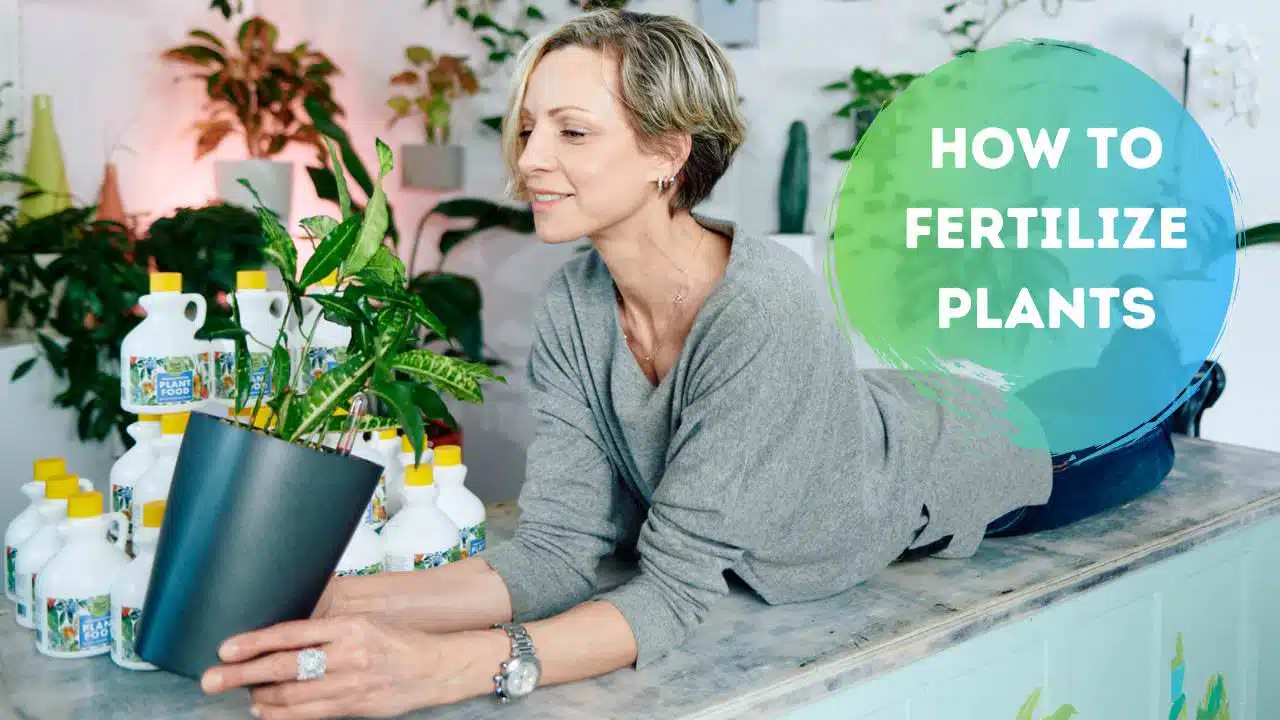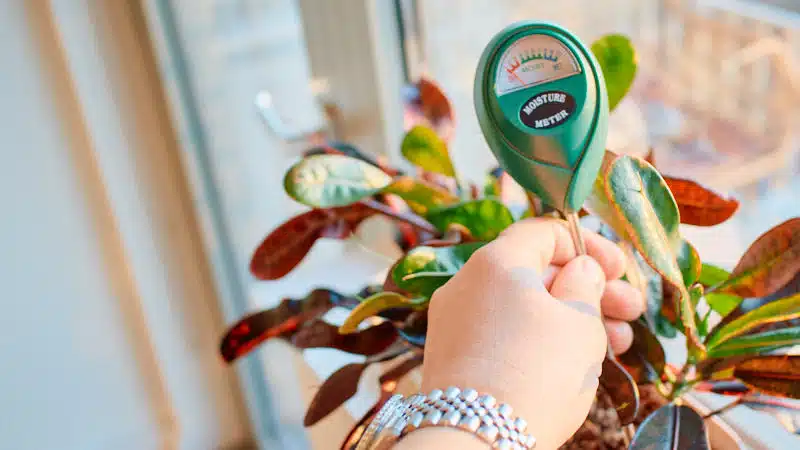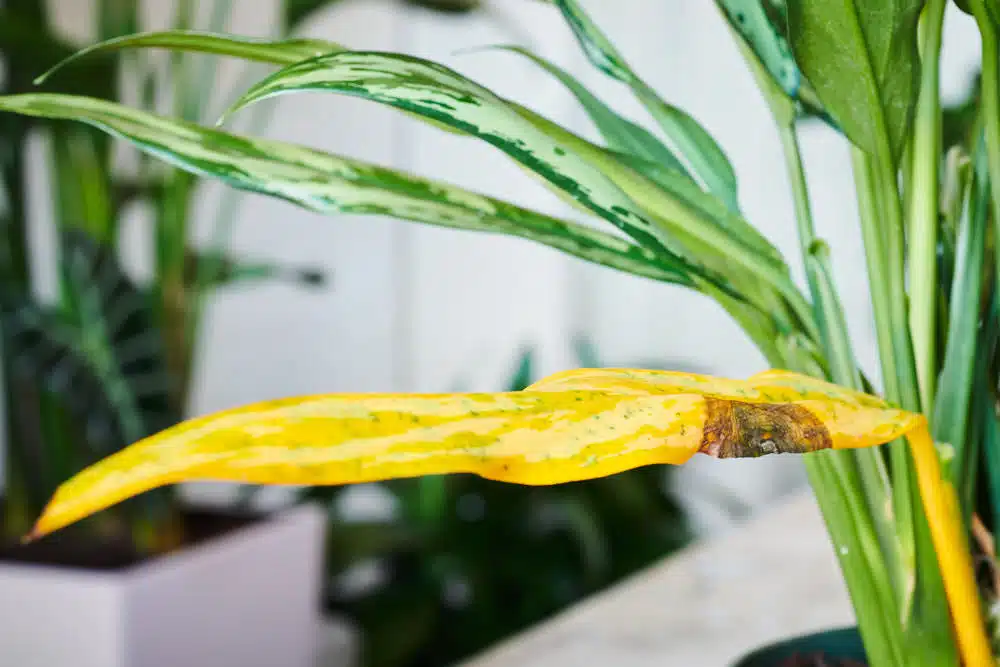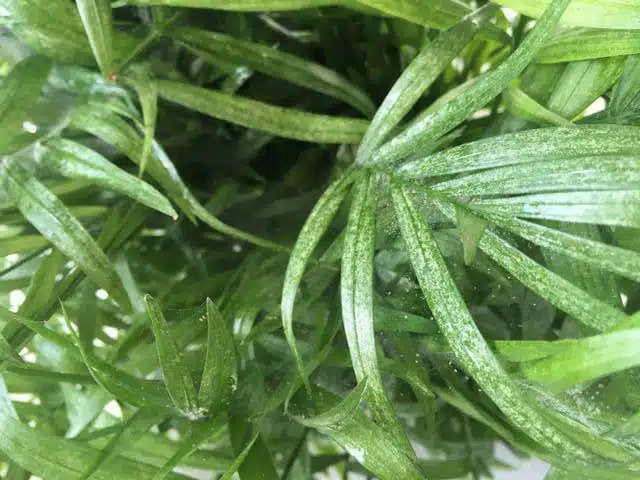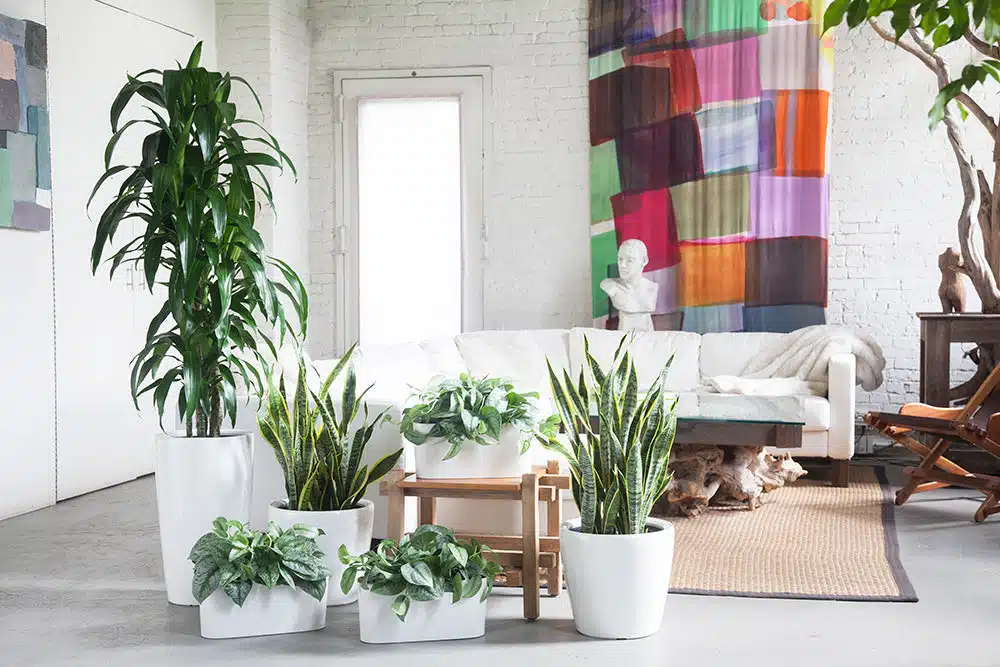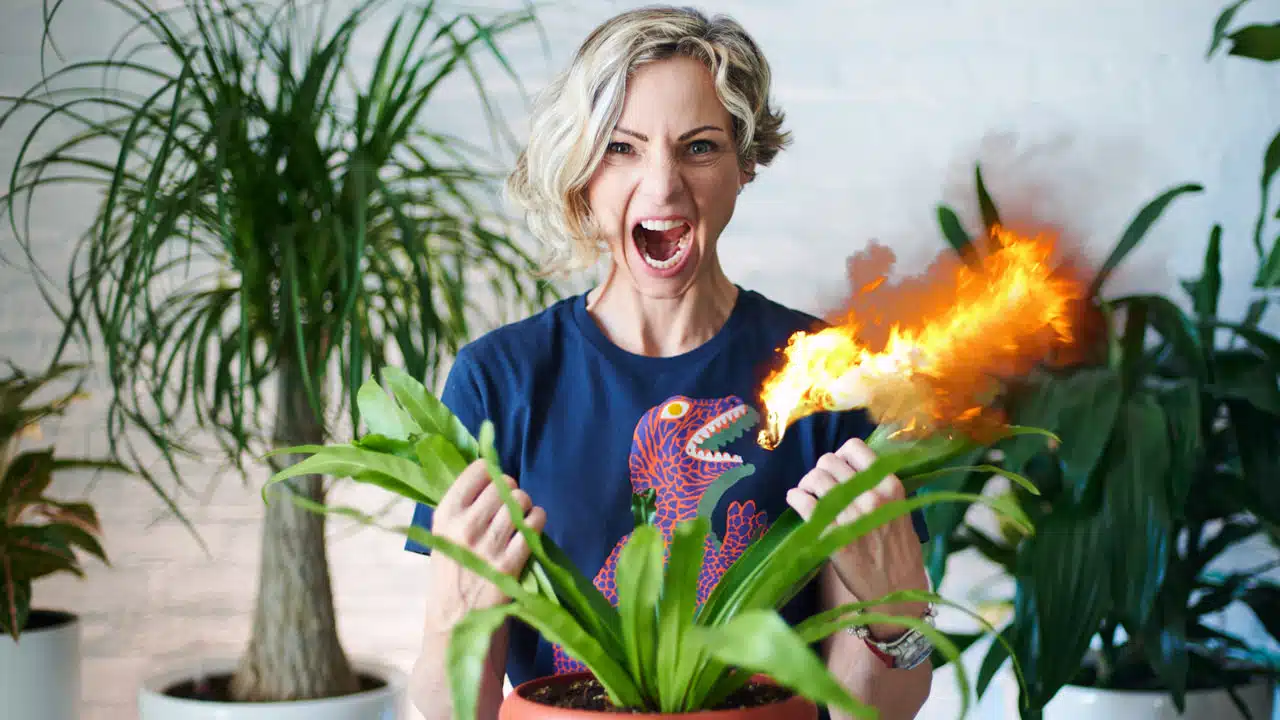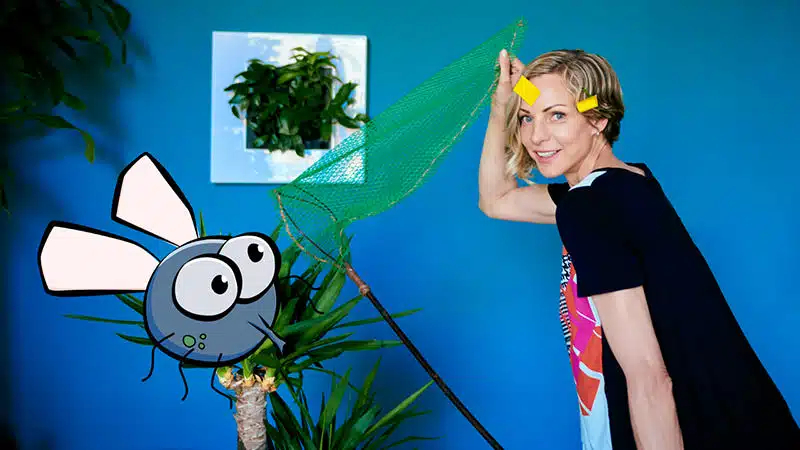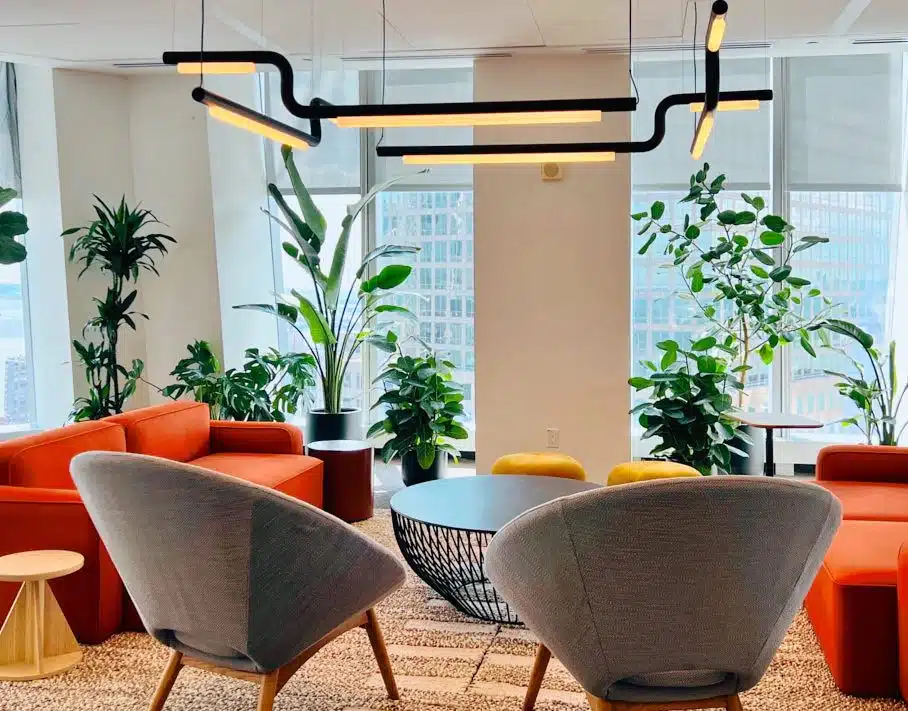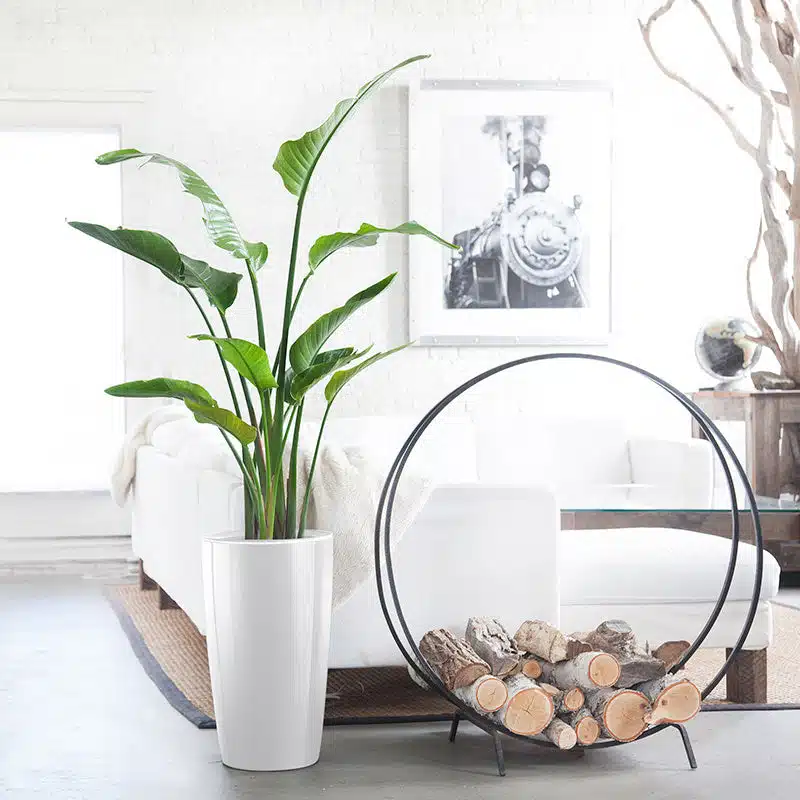In this FoxFarm Ocean Forest soil review, I share my personal experience after repotting a Pothos plant into this unique potting mix. Over six weeks, I monitored its performance, including moisture retention, pH stability, and overall plant health, to determine if this premium soil truly lives up to the hype.
🌊 Introduction to FoxFarm Ocean Forest Soil
Welcome to my journey with FoxFarm Ocean Forest soil! This potting mix has been generating quite the buzz among plant enthusiasts, and I couldn’t resist diving in to see what all the fuss is about.
With its unique blend of ingredients, I was curious if it would truly support my plants or if it was just another overhyped product.
As I explore this soil, I’ll share my personal experiences and observations to help you decide if it’s right for your gardening needs.
🌱 Unboxing and Packaging Details

When I received my bag of FoxFarm Ocean Forest soil, the first thing that struck me was the vibrant packaging. The bright colors and images of fish and forests immediately caught my eye.
The bag contains 12 quarts of soil, a decent size for various potting projects. However, I noticed it lacks a resealable strip, which is something I prefer for storing any leftover soil.
Upon opening the bag, I appreciated the ventilation holes designed to prevent mold and support stacking. However, I did note that these holes might also allow pests to enter, which is a common concern among users. It’s essential to ensure that your soil is stored properly to avoid any issues.
👃 Initial Smell Test: What to Expect

One of the most talked-about aspects of FoxFarm Ocean Forest soil is its smell. Many reviews on Amazon describe a distinct odor, often likened to compost.
I was prepared for a strong aroma, but to my surprise, the smell was quite earthy and not overwhelming at all. This initial scent test was promising, but I’ll keep an eye on it as the soil gets wet and is used for watering my plants.
🔍 Analyzing Soil Texture and Composition

As I dug into the soil, I was pleased to find a light and fluffy texture, making it easy to work with.
The deep rich brown color was visually appealing, and it clumped together nicely without becoming compacted. This quality is crucial for plant health as it allows moisture retention while ensuring roots can breathe.
Throughout the soil, I noticed little white specks of perlite, which is great for improving drainage. Overall, the texture felt promising, and I was eager to see how it would perform with my Pothos plant.
📜 Ingredient Breakdown: What’s Inside?
Now, let’s get into the heart of the matter—what’s really inside this soil? Here’s a detailed breakdown of the ingredients I found:
- Aged Forest Products: These finely decomposed wood materials improve soil structure and drainage.
- Sphagnum Peat Moss: Helps loosen dense soil and retain moisture.
- Forest Humus: An organic layer rich in nutrients that supports plant health.
- Perlite: A volcanic glass that enhances drainage.
- Sandy Loam: A mix that provides extra drainage.
- Bat Guano: Rich in nitrogen, promoting leafy growth.
- Earthworm Castings: A nutrient-rich excrement that benefits plant growth.
- Fish Meal, Crab Meal, and Shrimp Meal: These ingredients boost phosphorus and potassium levels, essential for healthy root development.
- Fish Emulsion: A liquid fertilizer that improves soil health.
- Oyster Shells: Used to balance pH and improve drainage.
These ingredients create a nutrient-rich environment that supports plant growth while ensuring proper moisture retention. However, the richness of the soil might be overwhelming for some plants, especially those that prefer lighter mixes.
Overall, I was impressed with the thoughtful blend of ingredients. It seems like FoxFarm Ocean Forest soil could be an excellent choice for various plants, but I’ll need to monitor how my Pothos adapts to this nutrient-dense mix.
🔬 Understanding pH Levels: Is It Plant-Friendly?

pH levels play a crucial role in plant health, influencing nutrient availability.
In my exploration of FoxFarm Ocean Forest soil, I found the initial pH reading to be around 8, which is on the alkaline side. Most houseplants thrive in slightly acidic conditions, ideally between 6 and 6.5. This initial reading raised some concerns for me, as alkaline soil can hinder nutrient absorption.
However, I decided to monitor the pH levels over time. One week after repotting, the pH had dropped to 6.1, which put it right in the sweet spot for most houseplants.
I was relieved to see this shift, as it suggested that the organic matter in the soil was beginning to break down and contribute positively to the overall health of my Pothos.
Maintaining a balanced pH is essential. If the levels fluctuate too much, it can lead to nutrient lockout, where plants can’t access the nutrients they need, resulting in poor growth. As I continue to observe my plant, I will keep a close eye on these readings to ensure that my Pothos is thriving in an optimal environment.
🌿 Repotting My Pothos: The Process

When it came time to repot my Pothos, I was both excited and a bit nervous. The process needed to be gentle, as I wanted to minimize any stress on the plant. I started by preparing my workspace, gathering all the necessary tools: a terracotta pot, FoxFarm Ocean Forest soil, and my trusty pH and moisture meter.
First, I added a layer of the soil to the bottom of the pot to create a cozy bed for my Pothos. The soil was light and fluffy, making it easy to work with. As I carefully removed the Pothos from its nursery pot, I was delighted to see that the roots were healthy and robust. I gently loosened them to encourage growth in their new environment.
Next, I positioned the Pothos in the pot and filled in around the roots with more FoxFarm Ocean Forest soil. I made sure not to compact the soil too tightly, as I wanted to allow air to circulate around the roots. This step is vital for preventing root rot and ensuring that the plant can access moisture effectively.
Once the repotting was complete, I took a moment to admire my work. The Pothos was settled in its new home, and I felt optimistic about how it would adapt to the rich, nutrient-dense soil.
💧 First Watering: Observations on Absorption

The first watering after repotting is a significant moment—it’s when I can truly assess how the soil interacts with water. I poured water gently over the surface, observing how it absorbed into the FoxFarm Ocean Forest soil. To my delight, the water didn’t pool on top; instead, it seeped in quite nicely.
After watering, I decided to check the moisture levels using my meter. The reading indicated that the soil had absorbed the water well and was adequately wet throughout. This was a reassuring sign, as it meant that my Pothos would have access to moisture without the risk of waterlogging.
As I monitored the situation, I noted that the soil felt light and airy, which is essential for root health. This initial watering experience gave me confidence that FoxFarm Ocean Forest soil would provide a beneficial environment for my Pothos.
📅 One Week Update: Plant Health Check

After one week in its new home, I decided to conduct a health check on my Pothos. I had been keeping a close eye on its growth, and I was pleased to see that the leaves were vibrant and perky. The plant was adapting well to the rich soil, showing no signs of stress.
One thing I noticed was the appearance of white mineral deposits on the pot’s surface. These are often a result of the nutrients in the soil and can accumulate over time, especially in porous materials like clay. While it was a minor concern, it indicated that the FoxFarm Ocean Forest soil was indeed nutrient-rich.
The soil itself remained moist but not overly wet, which is a good sign. This balance is crucial for preventing root rot while still providing adequate hydration. I was feeling optimistic about the direction my Pothos was heading, and I looked forward to tracking its progress over the coming weeks.
📆 One Month Update: Signs of Stress

As I approached the one-month mark, I began to notice some signs of stress in my Pothos. A few leaves developed brown and yellow spots, which immediately raised some red flags for me. Given the rich nature of FoxFarm Ocean Forest soil, I suspected that the prolonged moisture retention might be contributing to these issues.
In the weeks leading up to this point, I had been diligent in checking the soil moisture levels. After the initial watering, it took quite a while for the soil to dry out, which is unusual for a Pothos. By the time I reached day eighteen, I was finally able to water again. This delay in watering could have added additional stress to the plant.
I decided to take action. After trimming the affected leaves, I made a plan to monitor the plant closely over the next few weeks. I wanted to give my Pothos the best chance to recover while still allowing it to adapt to the nutrient-rich environment of the FoxFarm Ocean Forest soil.
📅 Final Two Weeks: The Moment of Truth

As I reached the two-week mark after my last update, I was filled with anticipation. Would my Pothos continue to adapt to the FoxFarm Ocean Forest soil, or would it show signs of distress? I had seen some minor yellowing and browning, but I was hopeful that the plant had settled in.
Upon inspection, I was delighted to find that the overall appearance of my Pothos was quite promising. The leaves were still a vibrant green, and while there was a bit of yellowing on one leaf, it was minor. This indicated that my plant was acclimating well to its nutrient-rich environment.
I checked the soil moisture levels, and to my relief, it was dry enough for watering. This was a great sign, as it meant the soil was retaining moisture without becoming overly saturated. The balance of moisture retention and airflow was crucial for healthy root development.
Next, I tested the pH levels, and they remained within the ideal range. This consistency reassured me that the FoxFarm Ocean Forest soil was providing a stable environment for my Pothos. I also took a moment to check the roots, and they looked fantastic—healthy and free from rot.
Overall, I felt a sense of accomplishment. My Pothos had not only survived but was thriving in its new home. I was excited to see how it would continue to grow in the coming weeks.
👍 Pros and Cons of FoxFarm Ocean Forest Soil
As I wrap up my experience with FoxFarm Ocean Forest soil, it’s essential to weigh the pros and cons. Here’s what I found:
Pros
- Nutrient-Rich Formula: The combination of ingredients like bat guano and earthworm castings provides an excellent nutrient base for plants.
- Moisture Retention: This soil retains moisture well without becoming waterlogged, allowing for healthier root growth.
- pH Stability: The pH levels remained consistent and in the ideal range for most houseplants.
- Good Drainage: The perlite and sandy loam mix help improve drainage, preventing root rot.
- Versatile Use: Suitable for a wide range of plants, including houseplants, vegetables, and even some succulents when amended.
Cons
- Excess Nutrients: The nutrient density may overwhelm sensitive plants, causing stress or leaf yellowing.
- Moisture Retention Concerns: While beneficial for some plants, the moisture retention can be problematic for those that prefer drier conditions.
- Price Point: It is more expensive than many other potting mixes, which may not be budget-friendly for everyone.
- Risk of Fungus Gnats: The organic matter can attract pests if the soil remains too moist.
Ultimately, the decision to use FoxFarm Ocean Forest soil depends on your specific plants and gardening goals. It has many advantages, but it’s crucial to consider the potential drawbacks.
⭐ Final Rating: Is It Worth It?

After careful consideration and observation, I’m ready to give my final rating for FoxFarm Ocean Forest soil. This mix has proven itself in terms of performance and overall plant health. My Pothos has bounced back from its initial stress and is now flourishing.
For my final leaf rank, I’m giving FoxFarm Ocean Forest a solid 4 out of 5 leaves. While it has its drawbacks, the benefits outweigh them for many indoor gardeners. This soil is particularly well-suited for established plants that thrive in nutrient-rich environments.
However, if you’re working with young plants or those that prefer lighter mixes, you might want to consider blending it with a lighter potting mix or using it sparingly. Overall, I believe this soil is a worthy investment for those looking to give their plants a nutrient boost.
💵 Pricing and Where to Buy
When it comes to pricing, FoxFarm Ocean Forest soil typically retails for around $21 – $24 for a 12-quart bag. While this price may seem steep compared to other options, the quality and performance can justify the cost for many gardeners.
You can find this soil in various garden centers, home improvement stores, and online retailers like Amazon. If you’re considering purchasing it, be sure to check for deals or discounts, as prices can vary depending on the retailer.
🔍 Conclusion: Who is This Soil For?
In conclusion, FoxFarm Ocean Forest soil is an excellent choice for a variety of plant types, particularly for those that thrive on rich nutrients. If you’re an experienced gardener with established plants, this soil will likely meet your needs beautifully.
However, if you’re just starting out, or if your plants are particularly delicate or prefer less nutrient-dense soil, you may want to explore other options or mix this soil with something lighter.
Ultimately, understanding your plants’ specific needs will guide you in choosing the right soil. If you’re looking to experiment and have a diverse garden, FoxFarm Ocean Forest soil could be your new best friend!
❓ FAQs About FoxFarm Ocean Forest Soil
Is FoxFarm Ocean Forest soil safe for all plants?
While it is suitable for many plants, some sensitive varieties may struggle due to the nutrient density. Monitor your plants for signs of stress and adjust care accordingly.
How often should I water plants in FoxFarm Ocean Forest soil?
The moisture retention in this soil can vary, so it’s best to check the soil moisture level before watering. Typically, you may find yourself watering every 7-14 days depending on your plant’s needs.
Can I use FoxFarm Ocean Forest soil for succulents?
Yes, but it’s recommended to mix it with additional drainage materials like perlite to prevent waterlogging, which succulents are particularly sensitive to.
How does this soil compare to other potting mixes?
FoxFarm Ocean Forest soil is known for its rich nutrient content and moisture retention, making it a premium choice. However, its price point and potential for excess nutrients may not suit every gardener’s needs.
What should I do if my plant shows signs of stress in this soil?
If you notice yellowing or browning leaves, consider adjusting your watering schedule or repotting into a lighter mix. It’s essential to monitor your plant’s health closely.





